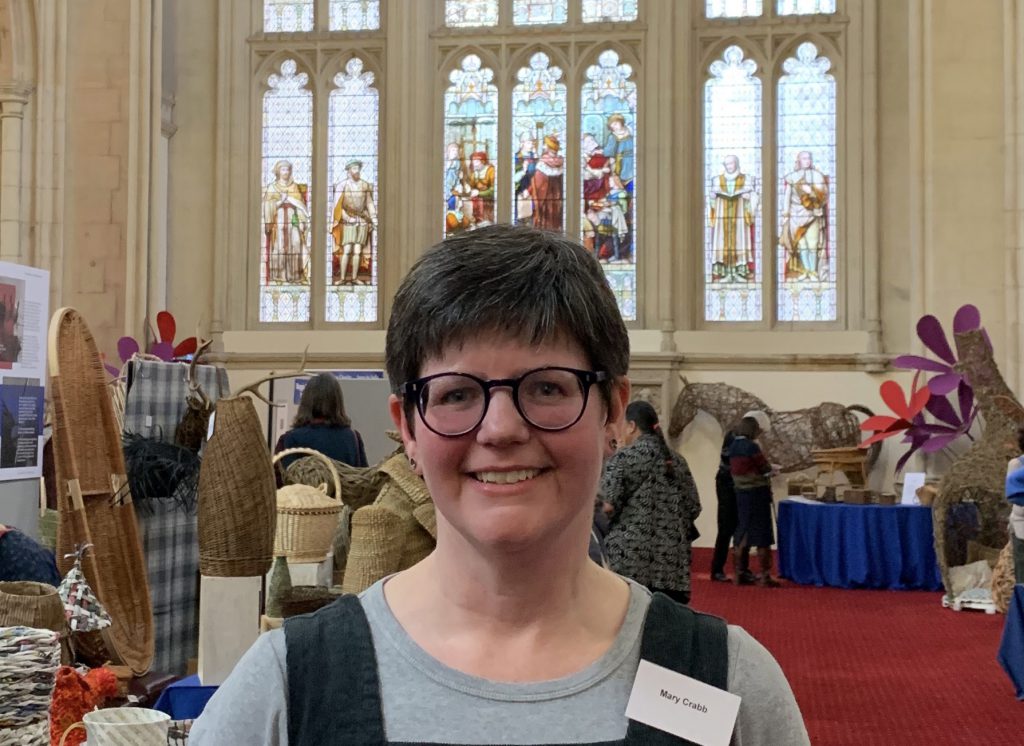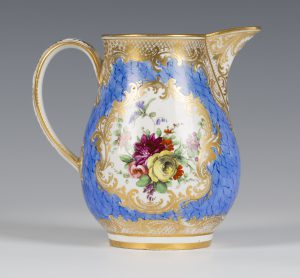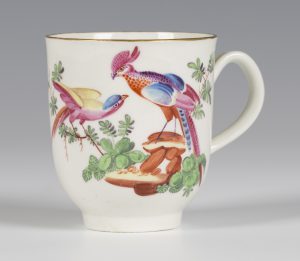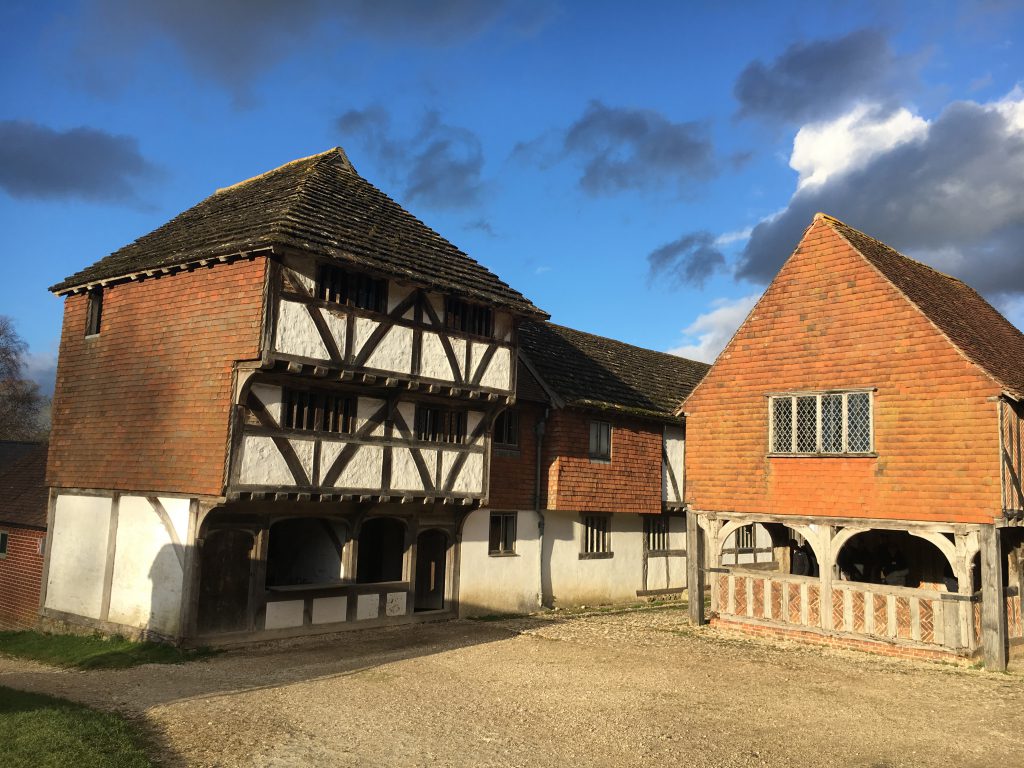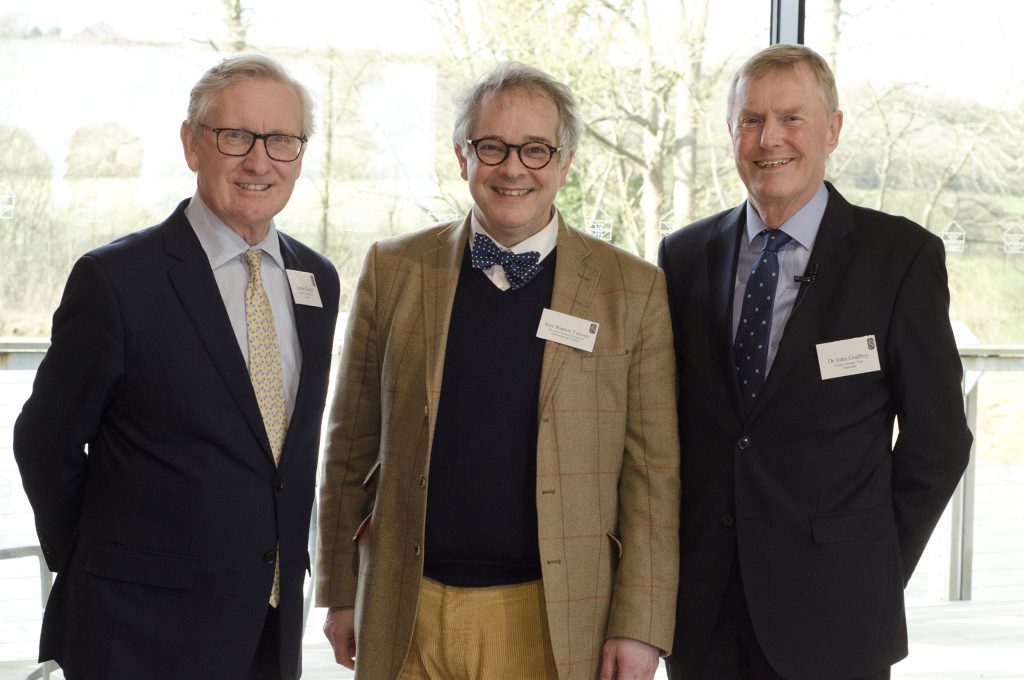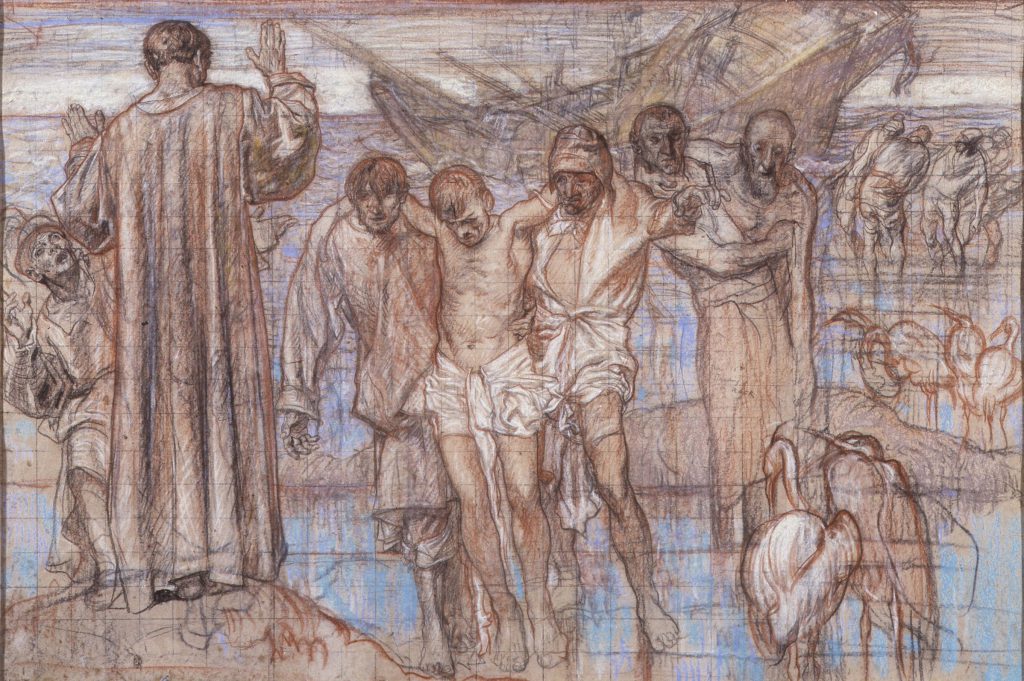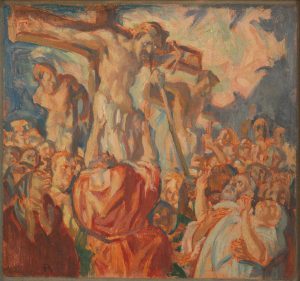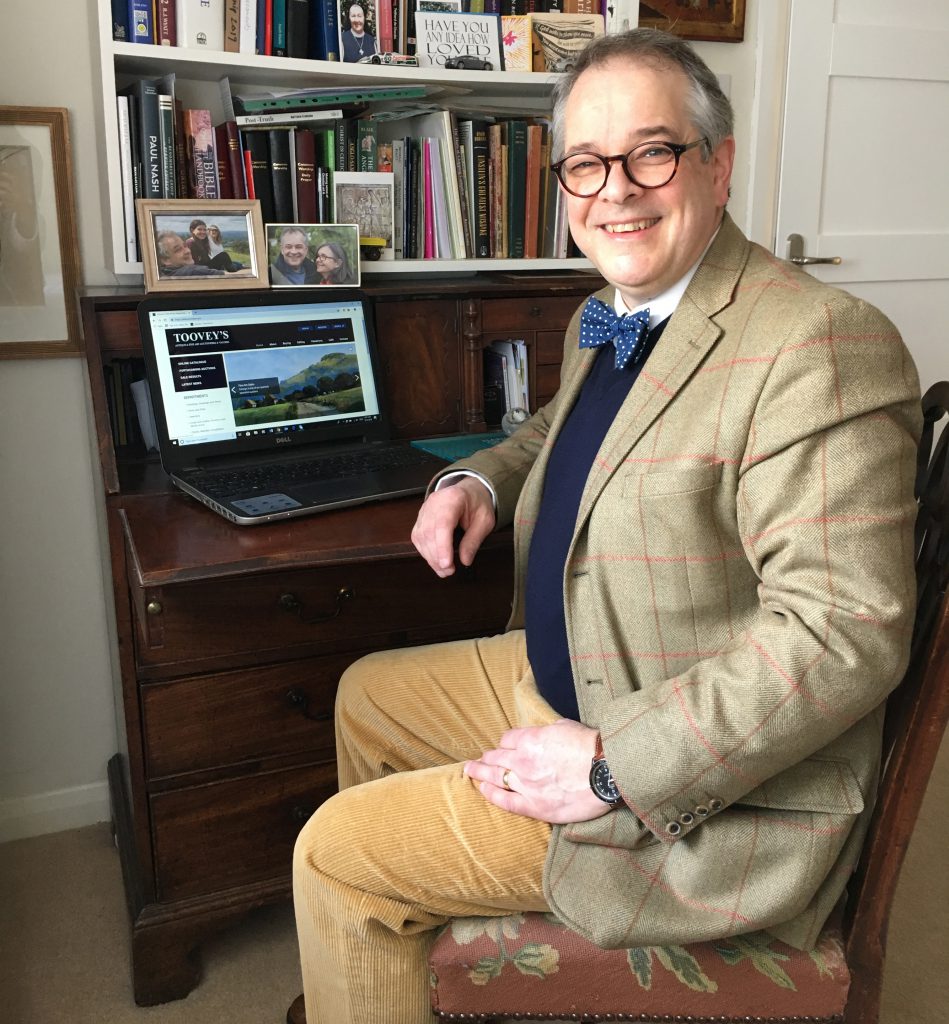
Fine English antique furniture still represents remarkable value for money and provides the opportunity to own something made of the finest materials, combining beauty with practicality. With rising interest in traditional furniture the time has come to reassess how it can work in our contemporary homes where space is so often at a premium.
The bureau is amongst my favourite pieces.
The famous Georgian furniture designer Thomas Sheraton in his Cabinet Dictionary of 1803 stated that in England the term bureau has ‘generally been applied to common desks with drawers under them, such as are made very frequently in country towns.’
There is such delight in a bureau. As you open it, the fall flap hinges downwards to form a writing surface. It reveals pigeonholes, drawers, a cupboard and sometimes even secret compartments. The sloping sides gather you as you sit at it, whether reading, working or just taking time to imagine.
Good vernacular examples from the 18th century are a real pleasure to own. Indeed, my own bureau is a typical example of this type. Crafted in precious mahogany it lives in the corner of our spare room – a virtual study for our virtual age.
It was made in England around 1770, during the reign of George III. As the world’s first industrial revolution gained its head of steam, a skilled country cabinetmaker set about making it. The drawer interiors are of cedar, the dovetails cut by hand. His eye was good and the proportions are just right. It is layered with prompts to fond memories; a family photograph, a drawer full of pebbles from a favourite beach, a little cupboard for my communion set, books and the odd column all vie for space with my laptop. Best of all I can shut the flap on it all when I’ve done enough or if Aunt Enid comes to stay!
The personal computer with its bulky boxes, screens, cables and keyboard could not be accommodated by the gracious bureau and values were undermined.
But the pleasures of a bureau are finding renewed favour in our wireless age of clouds, ‘iThings’ and laptops. They are once again proving to be the perfect home office or virtual study earning their space in the modern home.
A good George III mahogany bureau like mine can still be bought for a hundred or two at auction. This bureau is almost two hundred and fifty years old and will grace any sitting room, or spare bedroom! It makes no demands on our world’s finite resources and will continue to be a pleasure to generations to come. Perhaps, in the end, antique furniture is green, not brown. You should be buying a bureau for your children and grandchildren whilst you still can – the perfect 21st birthday present!
By Rupert Toovey, a senior director of Toovey’s, the leading fine art auction house in West Sussex, based on the A24 at Washington. Originally published in the West Sussex Gazette.
